Responding to the National Trust’s declaration to elevate the Lopinot Historical Complex to a heritage site, a Trinidad Guardian article in 2013 commended the villagers for preserving vital elements of the built landscape of early nineteenth century.
Presumably, the “colourful history” to which the writer alluded is the abstract on the signpost that welcomes visitors to the site. To the Cross Rhodes Freedom Project (CRFP), however, the “colour” was the blood of Africans and, perhaps, indigenous peoples as well.
For this reason, the CRFP has been exposing this “history” as farcical, while campaigning for the signpost to be changed. The villagers—most notably, Donna Mora, President of the Lopinot Community Council, and Christa Ariel Alexis, Councillor for the La Florissante-Lopinot area—were horrified by the historic facts and readily gave their support to the CRFP’s “No More Slaves” campaign.
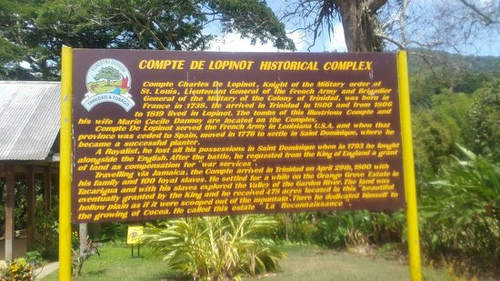
By letter dated 14 September 2018, Paul Leacock, Chairman of Tunapuna/Piarco Regional Corporation, commits unequivocally “to the removal of the currently installed signpost and its subsequent replacement with comprehensive and historically correct information.”
This commentary seeks to educate readers on the rationale for the “No More Slaves” campaign, while presenting a broader historical context from which to deconstruct the romanticised colonial narrative of benign slavery in nineteenth-century Trinidad, of which Lopinot Estate (formerly La Reconnaissance) was merely a microcosm.
The recorded memory of La Reconnaissance is political romance deliberately constructed by contemporaries of the Age of Romanticism (late eighteenth- to mid-nineteenth century) to justify the experience of slavery in Trinidad as a utopia of planter patriarchy, Roman Catholic paternalism and contented enslaved Africans.
Hidden beneath this carefully cultivated canvas of deception, however, is one of the saddest episodes of inhumanity and injustice, even within the dehumanised landscape of colonial slavery. From available legal and constitutional evidence, the Lopinot Historical Complex is a historical crime scene.
The area known as the Lopinot Historical Complex was inhabited by indigenous peoples up to the end of the sixteenth century. According to archaeologist, Basil Reid, the native peoples who first settled on the site now known as Lopinot Estate, between AD 550 and 1000, were makers of Saladoid pottery.
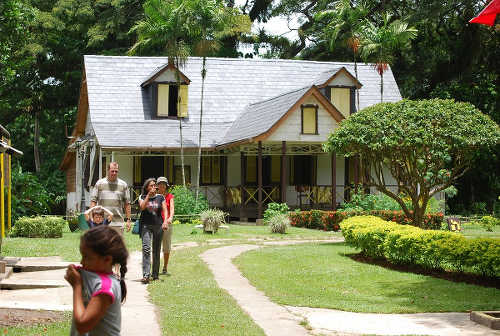
They were also the earliest Arawakan-speaking migrants into Trinidad. These “Saladoid” potters were the first ceramic culture to spread across the Caribbean from as early as 500 BC. Beyond the boundaries of Lopinot estate—but within the Lopinot Historical Complex—other indigenous peoples survived into the early seventeenth century.
Scholars cannot account for the disappearance of the so-called “Saladoids”, but we could conjecture the fate of later groups that vanished after the first Spanish incursions in the island. Trinidad was one of the most frequently targeted islands by Spanish slave raiders for over 150 years, beginning as early as 1503.
European-borne diseases were probably another agency in completely depopulating the valley, especially after the first attempt at settlement in 1530. European-borne pathogens such as cholera, smallpox and measles were tantamount to modern biological warfare and have been known to wipe out entire ethnic groups across the Americas, through direct and indirect contact.
The most pertinent aspects of Compte de Lopinot’s story begin with the French and Haitian revolutions. Lopinot—after whom the Historical Complex is named—was a French royalist gros blanc (big sugar planter) and war veteran who aided the British invasion of Haiti (then known as Saint Domingue) from 1793-1798. To compensate for the loss of property in Haiti, the British promised him and other elite royalist collaborators financial compensation or land in Trinidad.
When he arrived in 1800, Trinidad was under the “impartial tyranny” of Governor Thomas Picton directed against “republicans” (whatever their ethnicity), free coloureds and enslaved Africans. But the Compte was already well schooled in the deployment of Pictonian-style terror against enslaved Africans in Haiti and Jamaica prior to his arrival in Trinidad.
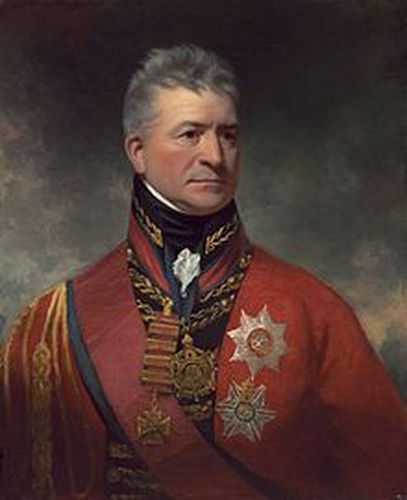
In his book, The Black Jacobins, CLR James graphically described the savagery endured by enslaved Africans in Haiti: “The slaves received the whip with more certainty and regularity than food… irons on the hands and feet, blocks of wood to drag behind wherever they went, the tin-plate mask to prevent them from eating sugar cane, the iron collar. Whipping was interrupted in order to pass a piece of hot wood on the buttocks of the victim; salt, pepper, citron, cinders, aloes, and hot ashes were poured on the bleeding wounds. Mutilations were common, limbs ears, and sometimes the private parts.”
Trinidad was a frontier sugar plantation colony in the early 1800s, rife with plots of emancipationist uprisings and marronage, which incurred the type of retribution James describes above. As President of the Cabildo, Picton personally authorised the infliction of terror upon African inmates of the city’s prison.
These acts of savagery included cutting off the ears of captured maroons, nailing their hands, branding them, amputating their limbs and hanging them without trial.
These acts of torture were primarily the consequence of the absolute power vested in Picton at the capitulation of Governor Chacon; but these so-called punishments were also authorised in La Recopilación, the compilation of Spanish colonial laws, which the British retained after the conquest. It was into this Trinidad environment that Lopinot made his entry to try his hand first at growing cane at Golden Grove.
In 1806, British Governor Thomas Hislop gave the reforested “Saladoid” land to Lopinot who established the largest cocoa plantation in the island and named it La Reconnaissance. Hislop also appointed Lopinot “General of the Militia”, effectively making him hunter-in-chief of the island’s Maroons.
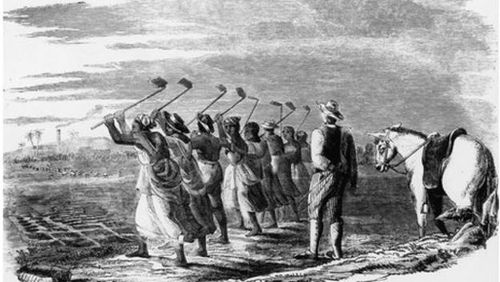
For over 200 years, artists, anthropologists, historians, writers, poets and curators of the site have propagated a glorious but false portrait of Compte de Lopinot as a loving, benevolent slave master, while stereotyping the Africans he re-enslaved and purchased as sheepishly docile, subservient and loyal to their enslaver.
The propagation of Trinidad as a colony of “contented slaves” was deliberately cultivated under Governor Ralph Woodford to fit the imperial narrative of Trinidad as a successful experiment in ameliorating slavery, one of the grand objectives of Britain’s abolition of her transatlantic slave trade.
The logic was simple: amelioration would stabilise the enslaved population and lead to natural increase. Planters realised that if they promoted their own paternalism it would pre-empt government’s intervention to enforce amelioration.
The Governor also had a vested interest in this poster image to entice colonists from other colonies to migrate to Trinidad bringing their African hostages with them, often under false pretences, to alleviate the shortage of plantation labour. La Reconnaissance benefitted from this camouflaged inter-colonial slave trade.
Writing to the Colonial Office, Woodford boasted that slavery in Trinidad was unmatched by the ease with which the enslaved people passed their time of day. He further spoke of the idyllic life of Africans on cocoa plantations. Because of the high profile of Lopinot as General of the Militia and Member of Woodford’s Council of Advice, the model cocoa plantation was, doubtlessly, La Reconnaissance.
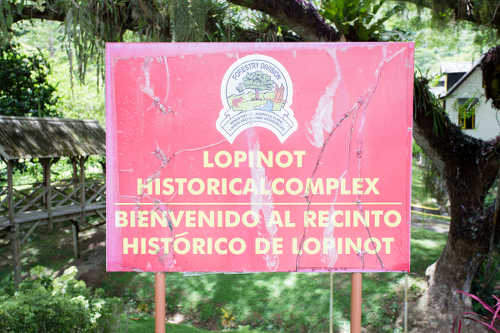
The romanticising of La Reconnaissance continued in AC Carmichael’s book, Domestic Manners and Social Condition of the White, Coloured and Negro Population of the West Indies (1834). Carmichael was the wife of the owner of Laurel Hill sugar estate in the Quarter of Tacarigua.
Although she proudly boasted in her Preface (“Advertisement”) that her book was “an accumulation of facts,” she wrongly claimed that Lopinot was “the first” human to set foot in the valley, which he transformed from dense forests to make it “blossom like a rose”.
Without due regard to the immense hardships suffered by Lopinot’s hostages in clearing the dense forests to establish La Reconnaissance, Carmichael wrote, “There is a story almost of romance connected with the first settlement of this estate.”
One aspect of this fictive romance was her claim that as soon as Lopinot got his family and his African hostages to the chosen site of his estate, he “assembled them together, and thanking God solemnly for their preservation, and escape from St Domingo [Haiti].”
The absurdity of La Reconnaissance estate as a province of freedom from the Haitian revolution is spelled out in Part Two of this commentary.
This romanticised portrait of La Reconnaissance was most effectively dramatised on the canvas of resident English planter-artist, Richard Bridgens, owner of St Clair sugar estate. His painting, “Negro Dance”, depicted a cross-section of carefree Africans, relatively well clad, dancing, singing and drumming outside their La Reconnaissance hut. This paradisiac scene was included in his book, West Indian Scenery, which was widely circulated from the late 1830s.
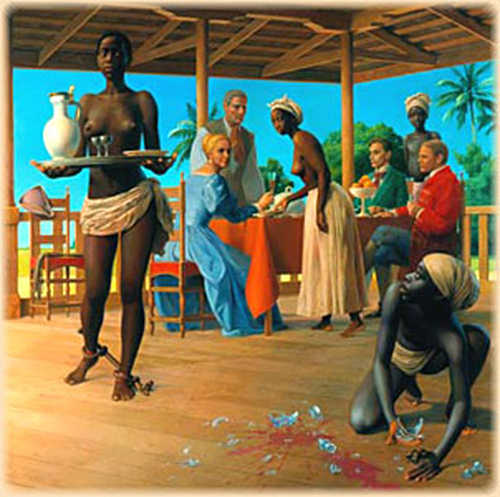
(Courtesy Netssa.com)
La Reconnaissance continued to fire the imagination of the last generation of Romantic writers in the mid-nineteenth century. For example, Charlotte Yonge in her Book of Golden Deeds volume 2, published in 1865, wrote that while in Haiti, Lopinot “had been so uniformly kind to his slaves, that their [the hostages’] hearts were with him; they rose for the protection of him and his family, and when the way of escape was open, entreated him to take all with him, to live and die in his service.”
Interestingly, Younge had doubts about some of her facts, but included them anyway, because “they were far too beautiful not to tell.”
A common feature of these narratives is that they cite no sources. Many of the writers were slave owners and received substantial payments from the £20 million Emancipation compensation grant. For example, Webster Gilman, owner of La Reconnaissance in 1834, claimed compensation of £3,137 (over £310,000 today).
Yet, against such prejudiced accounts, our first generation of post-colonial anthropologists and social historians simply resurrected the contemporary portraits of slavery and recycled them as authentic colonial narratives.
Editor’s Note: Click HERE for Part Two as Dr Claudius Fergus concludes his two-part series on the history of the Lopinot Historical Complex; and the dark truth about a slave owner who is still romanticised in Trinidad and Tobago.
Claudius Fergus is a retired Senior Lecturer in the Department of History at UWI’s St Augustine Campus who specialises in the abolition of British colonial slavery and its transatlantic slave trade.
His major work on the subject is Revolutionary Emancipation: Slavery and Abolitionism in the British West Indies (2013). He has other extensive publications in peer-reviewed journals and edited books.
 Wired868 Wired868 for smart sport news and opinion
Wired868 Wired868 for smart sport news and opinion





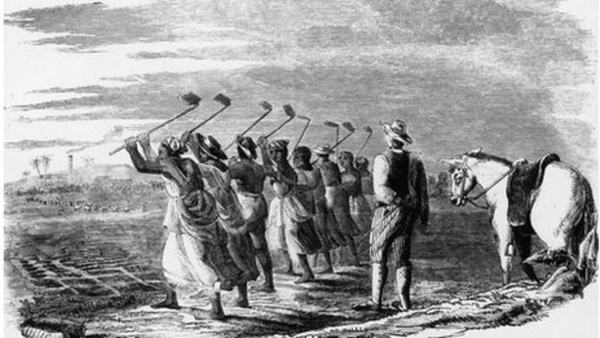

Extremely well written, deconstructed with care and attention and breaks away from the fake history we have been subjected to for far too long. Only caveat is Dr Fergus did not mention the infamous hangings that Lopinot conducted. Nevertheless, he disrupts the surface politise that characterises Trinidad middle class life where any European is supposedly an angel gifted by God!